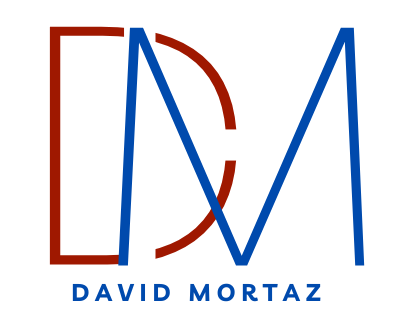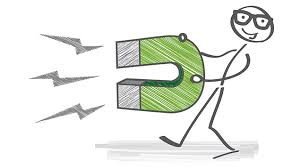
Top 3 challegnes for massive success of IOT devices
Aug 17, 2022 | 0 comments
During the 2015 symposium on IoT (internet of things), the keynote speaker from Silicon Labs declared that by 2025 we could have more than 94 billion IoT devices. Depending on where you took your high school Math class, that comes to about 10 devices per person. So, how we will manage to power these devices?
If you have traveled with a family overseas with 2 connected devices per person you know the hassle of wifi connections let alone the number of gymnastic contortions you have to commit to getting them charged. So, charging these IoT devices has to be wireless, spontaneous, and quick. In fact, there is great research being conducted by Dr. Amin Arabian Stanford Engineering on the Power, Form Factor, and Scalability of IoT devices.
So, we have a lot of innovation to sort out to manage the power and charging requirement of 10 connected devices per person. has to really change for us to be able to manage 10 connected devices. In addition to charging and reliable wifi connections required for the wide adoption of IoT technologies, we need to attend to the Security, Privacy, and Data Ownership issues of these devices. Let’s face it, you don’t want the ip address of your pacemaker to be available on the internet.


Security
These IoT devices would have to rely on a new security architecture so the info gets encrypted on the devices. This encryption needs to happen before the data is transmitted through an intermediary device (your mobile phone, Notebook…etc) to the Cloud. The communication protocol has to be so secure that even if someone hacks into the message no individual markers would be available to expose the identity of the device owner.
For instance, if your child is wearing a Fitbit device to monitor his heart rhythm you don’t want the insurance company accessing that data to jack up your premium without your knowledge.
Privacy
It’s not clear how the data collected from these devices can be protected away from hackers and companies that want to use it to market their services to the consumers wearing these devices. In fact, Fitbit has now entered into an agreement with a large insurance company where the health data collected will be used to offer discounts to consumers. The NYTimes articles discuss how life insurance companies partner with Wellness companies like Vitality and used the personal health information of their policyholders in exchange for discounts. The article shares examples of how some policyholders have been able to get 9% discount on the life insurance premium by participation.
Data Ownership
It’s not even clear who actually owns the data that’s collected by these IOT devices such as Fitbit which is now stored in the cloud. Is the data owned by the consumer wearing the device? Does it belong to Fitbit? Or does it belong to the insurance company that paid for the use?

We are sure that Fitbit and the insurance companies have developed a procurement agreement to allow them to use this data, but that still does not identify the real owners of the collected data. For example, will the consumers be deleted once they discontinue their participation in these insurance programs? How long will the data survive in the Cloud?
What are your concerns about the IoT devices?

Subscribe to our Awesome Newsletter.








